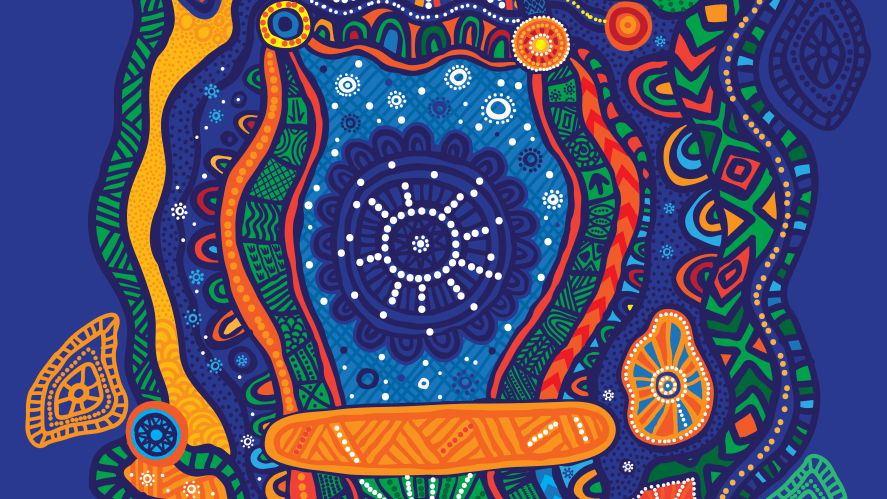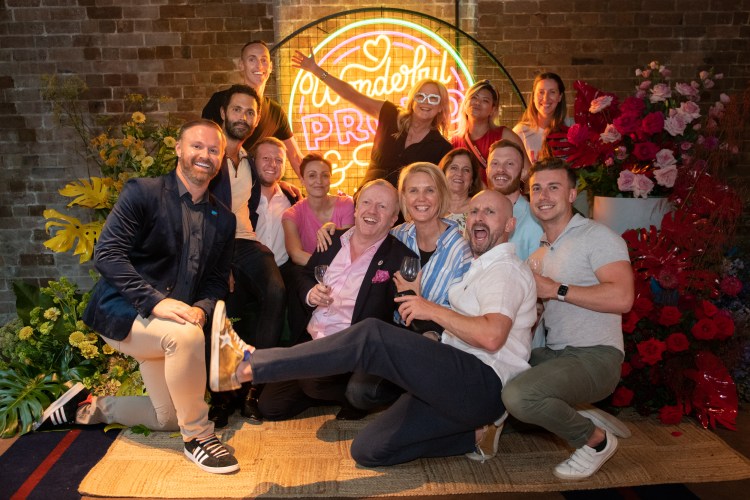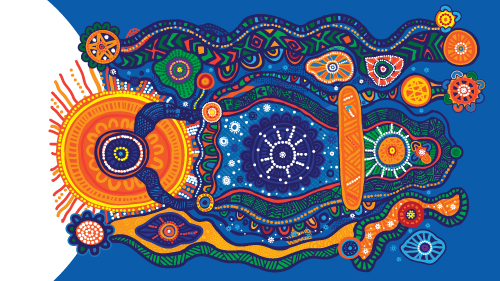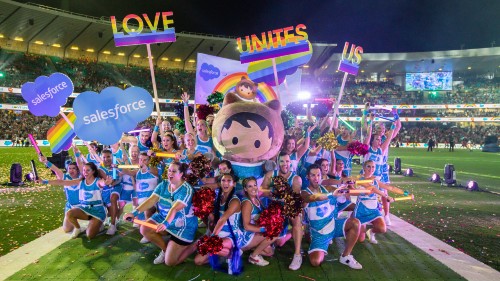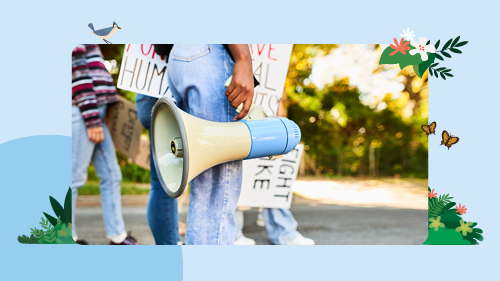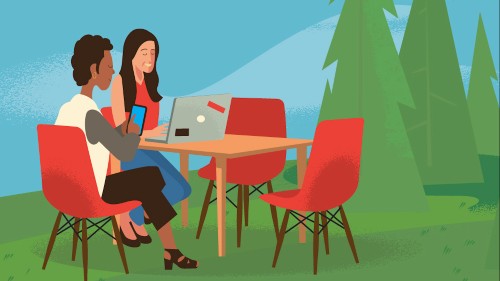How to Be Better Allies to People With Disabilities
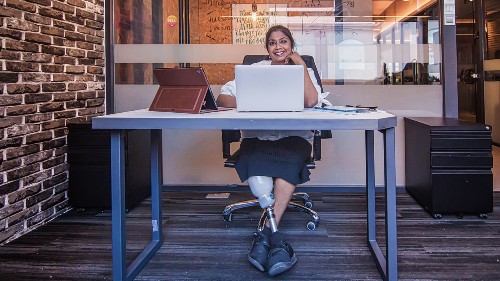


Two Abilityforce leaders share their insights into why creating workplaces that employ and support people with disabilities is important and how we can help make it happen.
People with disabilities are our neighbours, families, friends, acquaintances and colleagues. They are not a small minority but rather a large and hugely diverse part of the population — the prevalence of disability in Australia is around 18% of the population, or more than 4 million people.
And yet people with disabilities face significant barriers to work and in the workplace. Less than half of working age people with a disability are employed, compared to 80% of working age people without a disability. The unemployment rate for Australian adults on the autism spectrum is more than three times the rate of people with a disability and almost six times the rate of neurotypical adults. One in three people over 15 with a disability have avoided personal interactions because of their disability in the last year. For 22%, that has meant avoiding workplace situations.
So what can we do to support people with disabilities in the workplaces? How do we drive inclusion and equality?
Education helps to make great allies
“A lot of people think that a disability is something you can tell someone has just by looking at them,” says Bree Edgar, Public Sector Solution Engineer at Salesforce and local leader of equality group Abilityforce. But that’s not the case. Invisible disabilities can include autism, chronic fatigue, epilepsy and brain injury. For Bree, education is the cornerstone to overcoming misconceptions for people with disabilities and creating a more inclusive and open workplace.
“People can get uncomfortable talking about issues they don’t understand and worry about putting their foot in it. Education is so important to reducing that discomfort, helping people to talk with empathy and recognising that people often want to be supportive but just don’t know where to start. None of us are going to be perfect — it’s just about being open and making the effort to learn.”
That’s one of the reasons Kylie Jones, Non Profit and Education Business Development Manager at Salesforce.org and Abilityforce Events Chair, joined the equality group. “I was looking for an employee resource group that supported mental health challenges and was directed to Abilityforce. I joined to learn more, to understand better, to be more empathetic and to question what we think of as the ‘norm’.”
“Yes, you can feel nervous about messing up and saying the wrong thing, but it’s not a reason to say nothing at all. Ask questions instead of making assumptions and go and find out information for yourself — there’s so many great resources that will help you.”
A Slack channel is a great place to start, and a communication method many other workplaces can emulate. “Our [Abilityforce] Slack group is dedicated to sharing resources and opening conversations,” says Bree. “Everyone in the organisation can interact including people with disabilities, people who have friends or family with disabilities, and allies. It’s a very supportive network.”
Bringing invisible disabilities into the light
Last year Salesforce partnered with Deloitte to raise awareness about neurodiversity in the workplace, bust some common myths about autism and discuss some of the unique strengths that, say, those on the autism spectrum, can bring to workplaces. While no two neurodiverse people are the same, people on the autism spectrum, for example, often have high levels of concentration, strong mathematical abilities and outstanding memories.
“Every insight helps,” says Bree, who attended a Deloitte session. “It might be learning how to use more unambiguous language and asking very specific questions when speaking with a colleague who has autism. Or perhaps it’s understanding why someone who is autistic might wear a hoodie to work because it helps them feel protected from too much sensory input. Again, it comes down to education and communication. The more we know, the more successively we can create inclusive workplaces where every employee is empowered to succeed.”
The benefits of creating an ability-diverse and inclusive workforce
“Fostering a diversity of experience and thought in our workplaces is so important,” says Bree. “We need workplaces that reflect our society. If we don’t have people with diverse lived experiences involved in, say designing a new product or developing a service — then we end up producing very narrow-minded solutions.”
There are huge business benefits to employing people with disabilities, Bree explains. Diverse and inclusive workplaces attract from the widest possible talent pool and tend to be more motivated and productive.
Research has shown that people with a disability tend to have lower rates of absenteeism, employee turnover and injury at work.
Moreover, at a time when customers are scrutinising the societal role and values of organisations more than ever, a focus on workplace diversity and inclusivity can go a long way to building some much needed trust into relationships with customers and employees. Salelsforce research shows that 89% of customers expect companies to clearly state their values, and 90% expect them to clearly demonstrate those values, with younger generations especially adamant that companies must hire workforces that reflect their communities.
Five things you can do to be a better ally to people with disabilities
Bree and Kylie suggest the following for those looking to become more engaged and supportive allies of people with disabilities:
- Create an employee resource group like Abilityforce. A meeting once in a while isn’t enough — it has to be an ongoing effort to which time and resources are directed. Appoint inclusion agents and advocates to continuously consider accessibility needs and call out when these aren’t met. For example, if a venue doesn’t have a mobility ramp, call it out to them.
- Make sure you have a good way to communicate. Our Slack channel is a crucial part of our work and means the conversation never stops.
- Keep educating yourself. Saying you don’t know is fine. Finding out is even better. Remember to focus on strengths, not weaknesses.
- Keep an open mind and actively listen. Recognise and respect that different individuals will have different experiences.
- Get support and engagement from senior management. It’s crucial that employees see their managers taking diversity and inclusion seriously.
Resources
Check out these resources for more information.
- https://www.aihw.gov.au/reports/disability/people-with-disability-in-australia/contents/about-this-report/defining-disability
- https://www.aruma.com.au/about-us/blog/5-things-about-invisible-disabilities-you-need-to-know/
- https://www.dca.org.au/blog/looking-workplace-through-neurodiverse-lens
- https://disabilityemployment.org.au/for-employers/disability-confident-workplaces/
